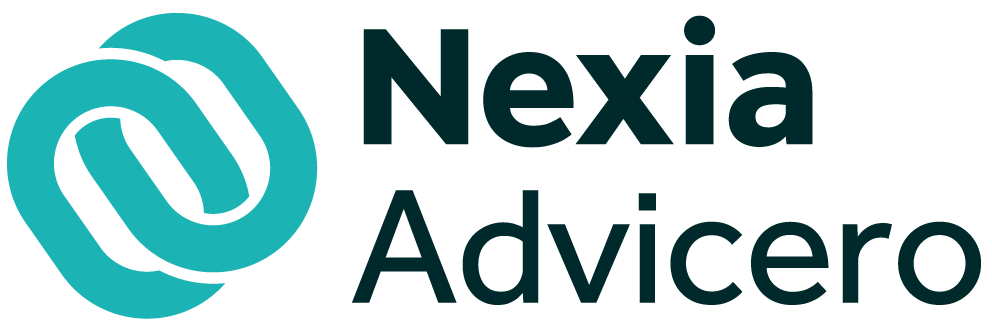On July 1, 2023, the regulations introduced by the Slim VAT 3 package came into force. The package aims to simplify the regulations applicable to VAT settlements.
Neutrality of ICA
ICA, or intra-Community acquisition of goods, is understood as the acquisition of the right to dispose of goods as owner, which, as a result of the supply, are shipped or transported into the territory of a member state other than the territory of the member state of departure of the shipment or transport (VAT Law, Article 9(1)).
Under the newly introduced regulations, a taxpayer is no longer required to have an invoice issued by a contractor in order to deduct VAT resulting from an intra-Community acquisition of goods. The obligation to control the 3-month deadline and the financial burden if the deadline is exceeded has also been abolished. Currently, the only condition for deducting VAT is to show the amount of output tax in the accounting period in which the tax liability for it arose. The change in the regulations is due to the removal of Article 86, paragraph 10b(2)(a) and paragraphs 10g and 10h of the VAT Act.
ICS
ICS, or intra-Community supply of goods, is understood in turn as a transaction of supply of goods, during which a taxpayer engaged in business activity receives the rights to dispose of the goods received as owner. However, in order for the supply of goods to be treated as an intra-Community supply of goods, the conditions listed in Article 42(1) of the VAT Law must be met.
Prior to the introduction of the Slim VAT 3 package, in order to qualify for the 0% VAT rate, the taxpayer is required to have documents confirming the export of goods by the due date of the tax return. According to Article 42(12) of the VAT Act, if the taxpayer has not submitted the above-mentioned documents for:
- a quarterly period – the taxpayer shall not show this supply in the records referred to in Article 109 of the obligation to keep sales records, paragraph 3, for that period; the taxpayer shall show this supply in the records referred to in Article 109 of the obligation to keep sales records, paragraph 3, for the next accounting period with the rate applicable to the supply of the goods in question in the territory of the country, if, before the expiration of the deadline for filing the tax return for that next accounting period, he does not have the evidence referred to in paragraph 1 (2);
- a monthly period – the taxpayer shall not show this supply in the records referred to in Article 109 obligation to keep sales records, paragraph 3, for this period; the taxpayer shall show this supply in the records referred to in Article 109 obligation to keep sales records, paragraph 3, for the next settlement period after the next settlement period with the rate appropriate for the supply of the goods in question on the territory of the country, if before the expiration of the deadline for submission of the tax return the taxpayer for this next settlement period after the next settlement period does not have the evidence referred to in paragraph 1 point 2.
In the situation of later receipt of documents confirming the export, in order to benefit from the 0% VAT rate, the taxpayer had to correct the VAT declaration with Standard Audit File and show that the 0%-rate supply had taken place. However, the fact that the date of delivery and the date of invoice did not coincide was problematic.
Thanks to the changes introduced by the Slim VAT 3 package, a taxpayer who receives documents confirming the export after showing the domestic rate, shows ICS with a 0% rate not for the period in which the supply took place, but for the period in which the tax obligation arose. It is worth recalling that in the case of intra-Community supplies, the tax obligation occurs on the date of the invoice, no later than the 15th of the month following the month in which the supply took place.

